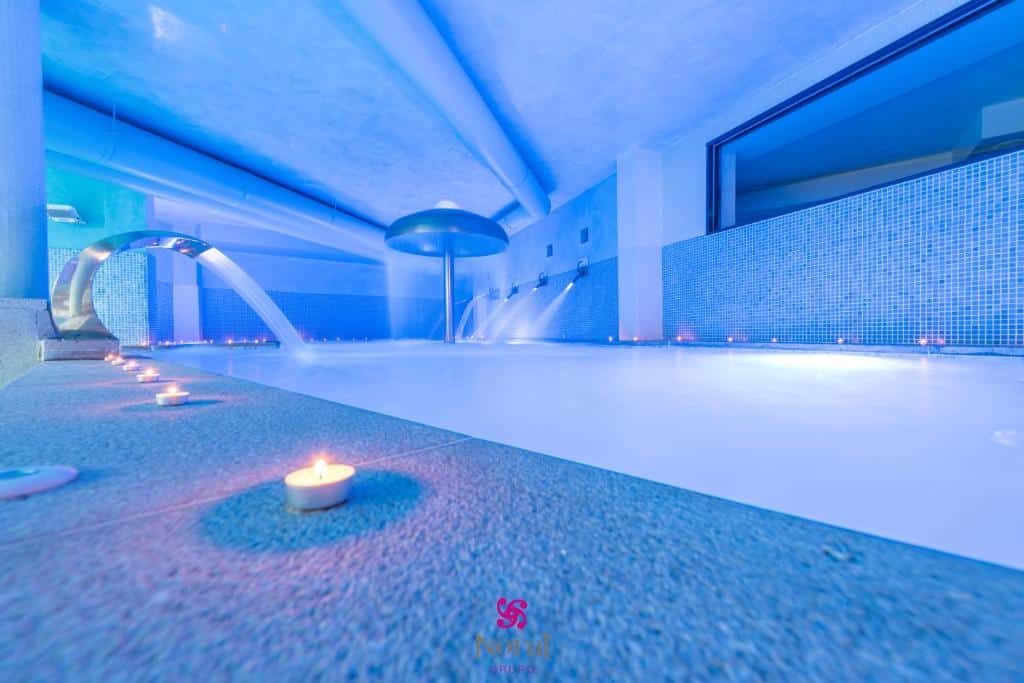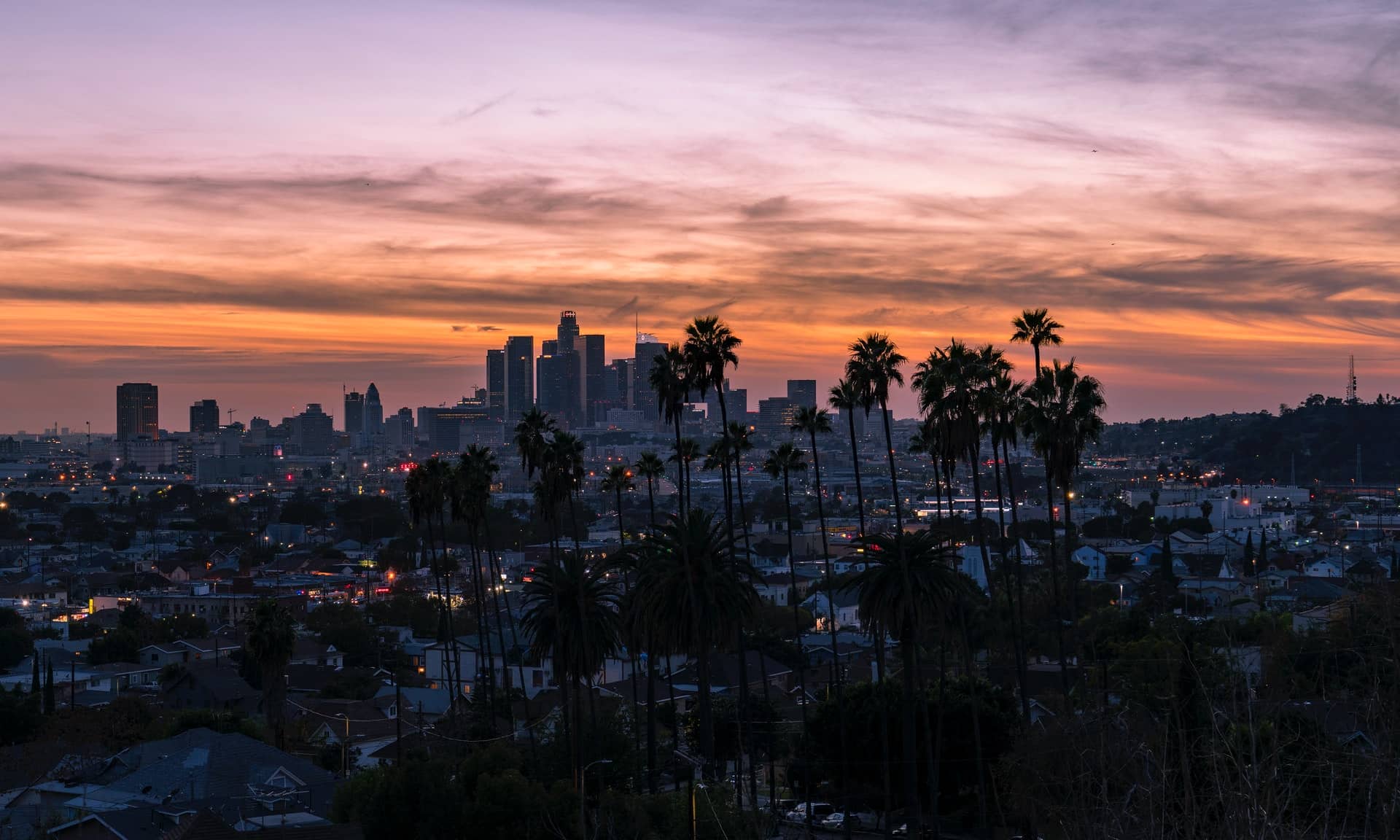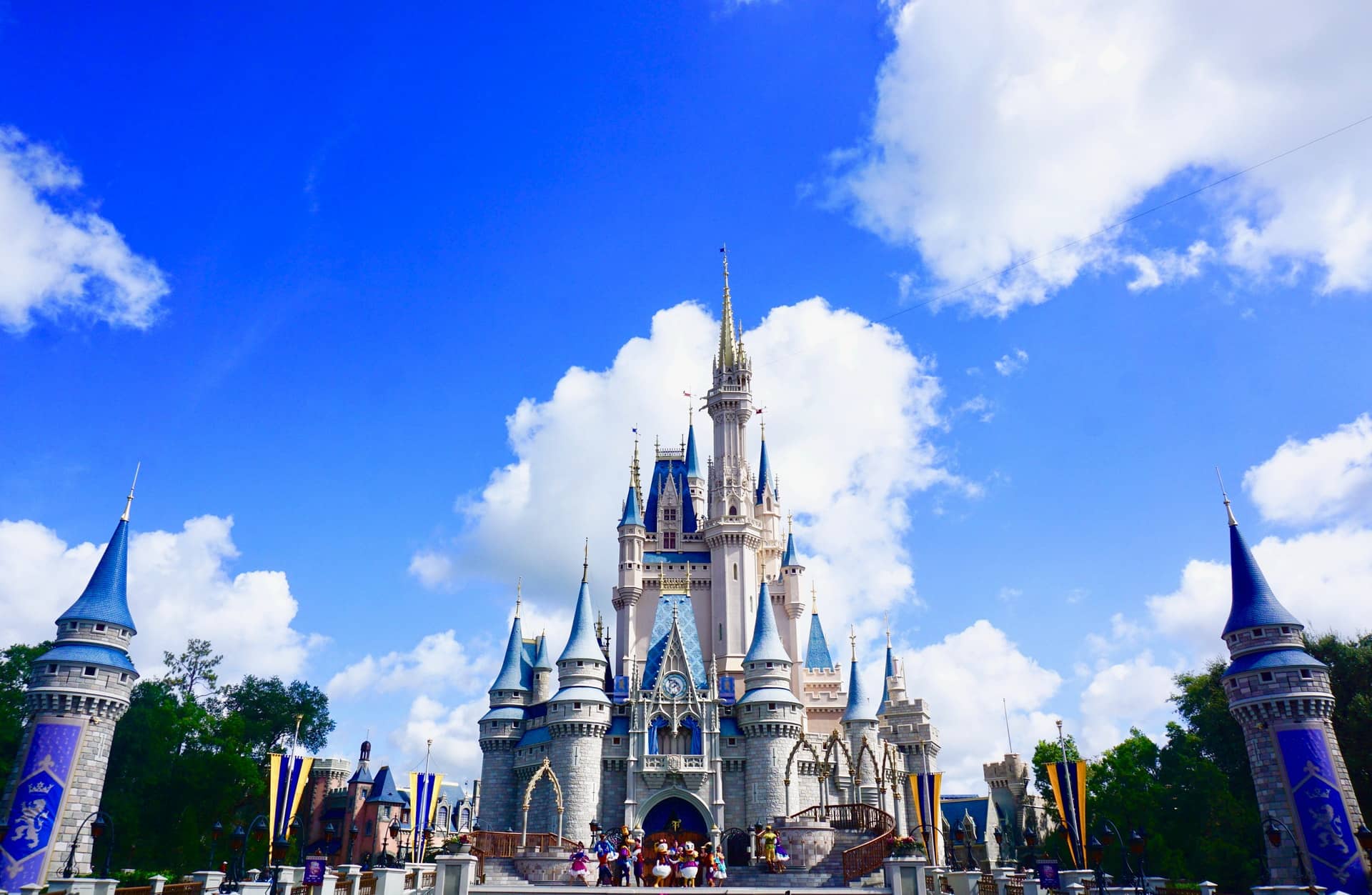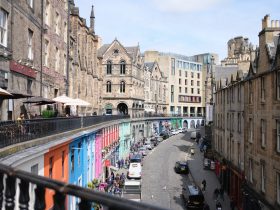Ría de Arousa, a coastal region in Northwestern Spain, is notable for its picturesque landscapes and cultural heritage. It is situated approximately 100 kilometers west of Santiago de Compostela and is recognized for its beautiful beaches, seafood industry, Albariño wine, and the bountiful waters of the Arousa Estuary, which are dotted with mussel platforms.
Tourism in Ría de Arousa is primarily driven by the appeal of its natural landscapes, particularly beaches and maritime culture. People visit the region to enjoy water sports, taste fresh seafood, and explore traditional Galician towns. The region is not as heavily commercialized as other Spanish tourist destinations, which allows an authentic local experience.
This area has a historical background dating back millennia, evident in ruins like the Torre de Catoira, once part of a defense system against Norman invasions. Architecturally, it is known for its traditional Galician houses known as ‘Pazos’ and religious sites like the Monastery of Armenteira, which reflects the Romanesque style with later Baroque additions.
Other attractions in the area include Cambados town, with its historic quarter declared a Site of Cultural Interest; the Pazo de Fefiñáns square, surrounded by notable buildings such as a 16th-century manor house; O Grove’s Aquarium, which showcases local marine life; the Shellfish Route in O Grove, for an insight into seafood harvesting; and Isla de Arosa’s Carreirón Natural Park, with diverse bird species.
The town of Vilagarcía de Arousa makes an excellent base for visitors as it provides easy access to both inland and coastal attractions. With its harbor, beaches such as Praia da Compostela, and close proximity to the traditional Isla de Arousa.
Other notable areas include O Grove, known for its spas and hot springs; Cambados, famous for its Albariño wine production; and Pobra do Caramiñal, which boasts rich architectural heritage with several historic churches and buildings.
The annual Albariño Wine Festival celebrates the local white wines.
Transportation options in the Rías Baixas region include regional buses that connect major towns and boats that allow travel between towns along the estuary to appreciate the region’s landscapes. However, personal vehicles or rental cars are great for flexibility and exploring remote beach areas and scenic routes.
The region is rich in small-scale hotels and rural homes with traditional architecture. Lodging prices change depending on seasonality. The moderate climate in the spring and fall seasons is the best time to visit.
Continue reading our accommodation guide to learn more about the best areas to stay in Ría de Arousa and visit this picturesque Galician treasure.
Where to Stay in Ría de Arousa: Accommodations Map
The Best Areas to Stay in Ría de Arousa, Spain
1. Vilagarcía de Arousa
Our Recommended Area to Stay in Ría de Arousa, Galicia

Vilagarcía de Arousa, situated in Ría de Arousa within the Rías Baixas region of Galicia, is an inviting coastal town offering a blend of natural beauty, history, and easy access.
The area’s appeal lies partly in its seaside location, with landscapes marked by the calm waters of the Arousa estuary. This coastal backdrop creates a relaxing atmosphere for people who wish to enjoy waterfront strolls along the promenade of Compostela Beach or practice water sports.
Historically, Vilagarcía has been a significant port and trading center. Architectural highlights include the stately Pazo de Rubiáns manor house, reflecting traditional Galician architecture with its grand stone construction and surrounding gardens. The Pazo de Vista Alegre mansion offers another glimpse into the area’s past with its imposing facade and cultural events.
Visitors to Vilagarcía should not miss sites like the Church of Santa Baia de Arealonga, which showcases Romanesque-Gothic architecture. The Palace of Valle-Inclán is another notable structure connected to famed writer Ramón María del Valle-Inclán. For those interested in local culture, the Ethnographic Museum presents insights into Galician customs and traditions.
Shoppers will appreciate the thoroughfare on Ravella Street and Alameda Square, where local shops offer everything from fashion to specialty foods. The town also hosts a lively market selling fresh produce and seafood caught nearby.
Nightlife includes several bars and cafés lining the streets close to the marina. Music fills the air on warm evenings as visitors and local citizens enjoy drinks and tapas after sunset.
In terms of transport, Vilagarcía is well-served by both rail and road links while also operating as a minor port for maritime connections. Trains connect to major cities like Vigo and Santiago de Compostela regularly from Vilagarcía station. Local buses provide circulation within town as well as routes to nearby localities.
Those considering overnight stays have options spanning from budget B&Bs to midrange hotels.
Featured Accommodations in Vilagarcía de Arousa
2. Cambados
Best Location for Wine Lovers

Cambados, located on the Ría de Arousa, is an alluring village rich in culture and history. This coastal town offers visitors a special insight into traditional Galician life and architecture.
What sets Cambados apart is its historical center, which has been declared a Site of Cultural Interest. The town’s architectural history is evident in its grand stone mansions, reflecting centuries-old prosperity brought by maritime trade. Fefiñáns Square stands out with its impressive archway and 17th-century manor house that holds the Palace of Fefiñáns and a monumental clock tower.
Other attractions in the town include the Church of San Benito, with its magnificent baroque façade, and the Ruins of Santa Mariña Dozo, which offer an open-air experience amid Gothic remnants and the backdrop of verdant vineyards.
Visitors will appreciate Cambados for its Albariño wine, considered one of Spain’s finest whites. The Ethnographic and Wine Museum of Cambados offers detailed insights into wine-making and local customs. Albariño is celebrated each first Sunday in August during the traditional Festa do Albariño.
Shopping enthusiasts may stroll along the Calle Real or visit the numerous small shops throughout town that offer local crafts and culinary products. Nightlife in Cambados consists of bars along the coastline, which provide relaxed evenings with local wine and stunning views over the sea.
Regarding transport, Cambados does not have a train station but is accessible via bus services from major surrounding cities like Pontevedra or Vigo. Roads connecting to major highways make car travel convenient as well.
Featured Accommodations in Cambados
3. O Grove

O Grove is a coastal town on a peninsula in the Ría de Arousa. It is recognized for its natural beauty and seafood and offers visitors relaxing coastal vistas.
The town is home to sights such as the Church of San Martiño and several family-owned pazos. Its relationship with the sea is mirrored in many aspects of daily life, as seen in the numerous seafood restaurants.
Attractions include the Mariscos Annual Seafood Festival, Lanzada Beach, one of Galicia’s most famous beaches, and Siradella Viewpoint‘s sweeping views. The town also features an Aquarium showcasing local marine life.
Toja Island, connected to O Grove by a bridge, is known for its thermal springs. The discovery of the hot springs toward the end of the 19th century gave rise to thermal retreats and hospitals that gradually evolved into modern spas. Architecturally, La Toja is also recognized for its distinctive chapel coated in seashells, known as “Capilla de las Conchas.”.
Nightlife in O Grove comprises bars and small venues offering live music and traditional Galician entertainment. During summer, festivals liven up the nights with music and dancing until late. Visitors enjoy strolling along the promenade at Paseo Marítimo and shopping along the pedestrian streets like Rúa Castelao, which features shops selling local crafts and produce.
Transportation options within O Grove include bus services to nearby cities and towns. Additionally, small ferries provide scenic routes around the surrounding coastline.
The area’s hotels are primarily family-run businesses, with options ranging from modest accommodations to spa hotels. Prices vary depending on the season, with summer being the peak season due to the excellent climate for beachgoers.
Featured Accommodations in O Grove
4. Vilanova de Arousa

Vilanova de Arousa is a coastal town approximately 7 kilometers south of Vilagarcía de Arousa and around 5 kilometers northeast of Cambados.
Vilanova de Arousa’s history is tied to the sea and fishing, which is evident in its culture. The area features old houses and narrow streets that rise up from the waterfront.
People choose to stay in Vilanova de Arousa for its tranquil beaches, rich cultural sites, and close proximity to other attractions in the Rías Baixas area. One prominent historical figure associated with Vilanova de Arousa is the writer Ramón del Valle-Inclán, with the Casa Museo de Valle Inclán dedicated to his life and work. Another significant site is the Auditorio Valle-Inclán which provides cultural experiences through plays and concerts. The Torre de Cálago is another important historical building, providing insight into medieval defensive systems that once stood to protect this coastal enclave.
Attractions within the town include Porto Deportivo de Vilanova de Arousa, a bustling marina that hosts numerous boats and yachts, adding to the town’s nautical charm. The nearby Praia do Terrón offers a clean beach experience with views of traditional fishing boats bobbing in the water. For nature lovers, O Esteiro and Illa Currás present lush natural environments ideal for bird-watching and enjoying the Galician landscape.
Nightlife in Vilanova de Arousa is modest with several bars and cafes that stay open late, offering local wine and seafood dishes. Travelers can access Vilanova de Arousa by road or sea. The closest major train station is in Villagarcía de Arousa, around 7 kilometers away. Local buses connect to surrounding towns and cities.
Featured Accommodations in Villanueva de Arosa
5. Arousa Island

Isla de Arousa is an island municipality connected to the mainland via a two-kilometer-long bridge. The landscape is dotted with traditional Galician houses and natural areas that offer serene beaches and clear waters.
Attractions on Isla de Arousa include points of interest such as the Punta Carreirón Lighthouse, which provides views of the surrounding waters and coastline. Visitors enjoy exploring the Torre de San Sadurniño, the ruins of an old Celtic fortification. Meanwhile, the Ethnographic Museum of Fishing showcases traditional fishing techniques and equipment. For shopping, Mercado Municipal da Illa de Arousa lets guests experience local commerce and fresh products.
Nightlife on Isla de Arousa is modest and mainly consists of small bars and cafés. Transportation on the island includes bus services and taxis.
Hotel options range from affordable guesthouses to mid-range hotels with ocean views. Prices vary according to location and season, with summer being the most expensive time to visit due to high demand. Booking accommodations in advance during this peak period is advisable.
Featured Accommodations on Isla de Arousa
6. Boiro

Boiro is a serene coastal town about 18 kilometers from Vilagarcía de Arousa. This area offers visitors a chance to experience tranquility away from the more crowded city centers.
The town is known for its natural landscapes and relaxing atmosphere, perfect for those who appreciate calm coastal settings. Attractions in Boiro include Playa Barraña, a sandy beach ideal for relaxing and enjoying water sports. Playa de Rebordelo also attracts people looking for a pleasant spot by the sea. Rio Coroño provides a scenic backdrop with its tranquil river banks where people enjoy fishing and picnics. Cabo de Cruz Village is a picturesque settlement showcasing traditional Galician architecture and local maritime culture. Those interested in sailing can visit Club Náutico Boiro, which organizes sailing activities and competitions.
Boiro’s transportation options include bus services that connect with nearby towns, while a drive or taxi ride offers easy access to surrounding areas.
Featured Accommodations in Boiro
7. Ribeira

Ribeira sits approximately 40 kilometers west of Vilagarcía de Arousa. This coastal area is noteworthy for its scenic views of the Atlantic Ocean, historical landmarks, and seafood cuisine.
Ribeira’s town center includes stone structures and historical buildings that date back to when the town was a small fishing port. Attractions in Ribeira include the Sendeiro Litoral de Coroso Río Azor, a coastal trail offering picturesque views and opportunities to observe local wildlife. Nearby, Coroso Beach is popular for its clear waters and sandy shores, making it suitable for swimming and sunbathing. Porto de Ribeira is an active harbor with seafood restaurants.
Furthermore, Mirador de San Roque provides panoramic views of the estuary and nearby landscapes—a delight for those interested in photography. Praia Gaivoteira de Fontán is another beach known for its tranquil environment, less crowded than others. Although privately owned, Isla de Rúa, an island off the coast, is visible from many points in Ribeira.
Transportation within Ribeira includes buses and taxis. Accommodation options range from small hotels to guesthouses with traditional Galician styles. Prices for a night’s stay can vary depending on the season, with summer typically being more expensive due to higher demand. The best time to visit may be during spring or fall when the weather remains pleasant, and accommodation costs are lower than peak summer rates.
Featured Accommodations in Ribeira
8. A Pobra do Caramiñal

Pobra do Caramiñal is a town in the Rías Baixas region. Its coastal charm and historical roots offer a contrast to urban life, making it an interesting place to stay.
One of the town’s significant historical sites is the Museo Valle-Inclan Pobra do Caramiñal. This museum celebrates the life and works of the Spanish writer Ramón del Valle-Inclán, giving visitors insight into his contributions to literature and culture. Historic architecture is seen in the Pazo De Aguiar, a traditional Galician manor house that stands as an emblem of the region’s aristocratic past.
The seafront walk also captures attention with sights like Muelle de A Pobra, where you can enjoy traditional boats and expansive sea views. Following this path leads to another notable location, Parque do Castelo, which offers a green space for rest amidst old fortress walls.
The central streets, such as Rúa da Paz and Rúa Fernández Varela, are lined with shops that serve local goods and create a lively atmosphere during shopping hours. Meanwhile, Iglesia de Santiago do Deán is a medieval gem.
For beachgoers, Arenal Beach provides a coastal retreat with views of the calm waters typical of Galician estuaries; nearby is the Paseo del Arenal, perfect for evening walks by the shore. Those interested in grander architecture might visit Pazo do Couto, another historic Galician manor.
Featured Accommodations in A Pobra do Caramiñal
9. Catoira

Catoira is a small municipality famous for its natural beauty and cultural heritage. Catoira is perhaps most known for the annual Viking Festival, commemorating the historical Viking invasions along the Ulla River.
The history of Catoira is deeply connected to its strategic location as a defensive point against invasions via the Arousa estuary. The ruins of Torres do Oeste, an ancient fortress complex perched on the banks of the Ulla River, are a testament to its historical role as a protective barrier for Santiago de Compostela against raiders and invaders, including Normans and Moors.
In terms of attractions, besides the Torres do Oeste, Catoira offers several churches of Romanesque origin, like the Church of San Miguel de Catoira. The woodlands around Mount Xiabre provide trails with scenic views over the estuary. Furthermore, Catoira is near coastal areas with seafood restaurants serving fresh catches from the Rías Baixas. Markets and small shops provide local products, from Galician bread to Albariño wine.
Featured Accommodations in A Pobra do Caramiñal
Read in other languages:
|ES| Las mejores zonas donde alojarse en la Ría de Arousa, Galicia.















































Leave a Reply
View Comments